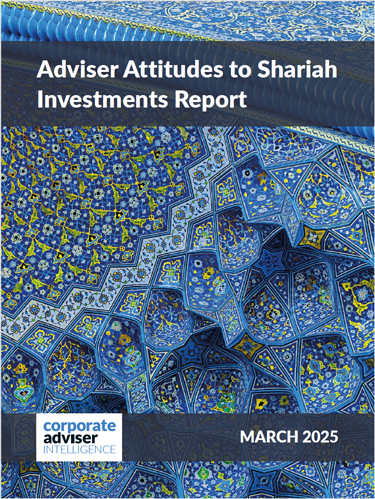An overall funding level of 133 per cent and aggregate surplus of £358bn mean UK defined benefit pension funds probably have more than enough money to pay all their pensions due, according to figures from First Actuarial.
Launching today its new First Actuarial Best estimate Index (FAB Index), the firm says the prospects for the UK’s 6,000 DB pension funds on a long-term basis are positive when realistic future investment returns are used.
The FAB Index shows schemes’ overall liabilities totalling £1,092bn, compared to the £1,869bn of liabilities under the PPF 7800 index, which, on assets of £1,450bn, gives a funding ratio of 78 per cent. It does this by using assumptions that reflect the actual investments within schemes, rather than a basis that assumes gilt investments to match liabilities.
The call comes after TPR executive director for regulatory policy Andrew Warwick-Thompson attacked ‘hysterical and nonsensical’ claims of a crisis in UK DB at the Corporate Adviser Summit last week.
First Actuarial partner Rob Hammond says: “Historical low gilt yields have led to historical reported deficit levels of DB pension funds. But, a reduction in gilt yields doesn’t necessarily translate into an increase in pension fund deficits, particularly if that pension fund doesn’t invest solely in gilts.
“The FAB Index is an attempt to provide a more realistic measure of the value of pension fund liabilities in an attempt to combat what we see as scaremongering within the pension industry and to help trustees better understand the true value of DB pension fund liabilities.
“Whilst we recognise that pension funds should be funded prudently, we challenge the traditional ‘gilts plus’ approach to valuing DB pension funds. This starts from a position that arguably bears no relation to the likely long-term cost of paying the pensions. Instead we would encourage trustees to consider a ‘best-estimate minus’ approach so that they can start from the expected return on the assets they actually hold and deduct an explicit margin for prudence.”





